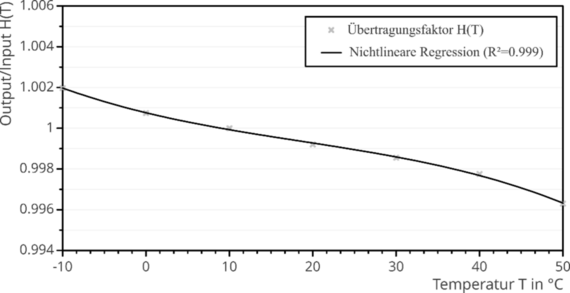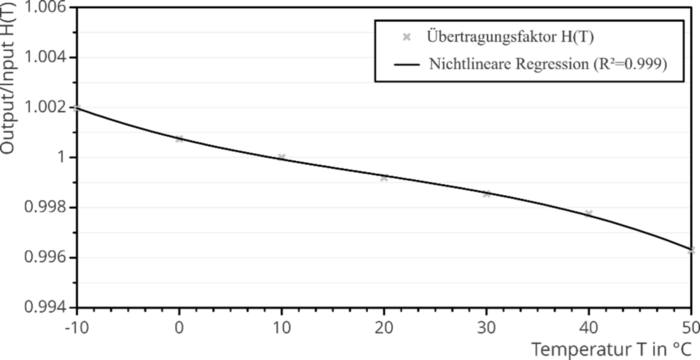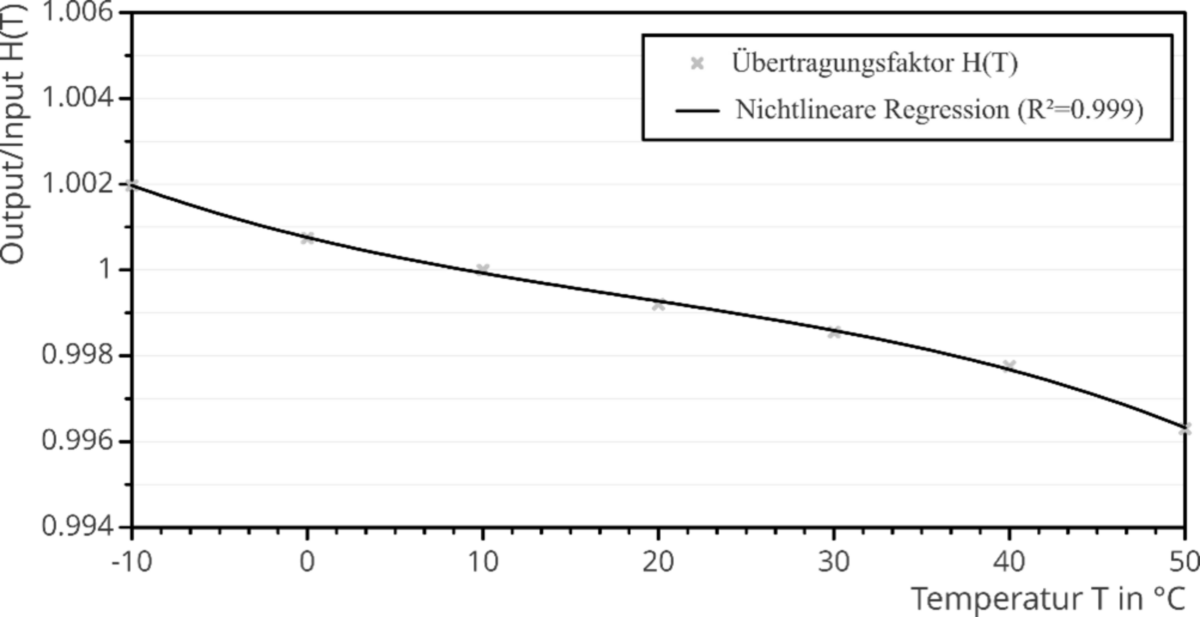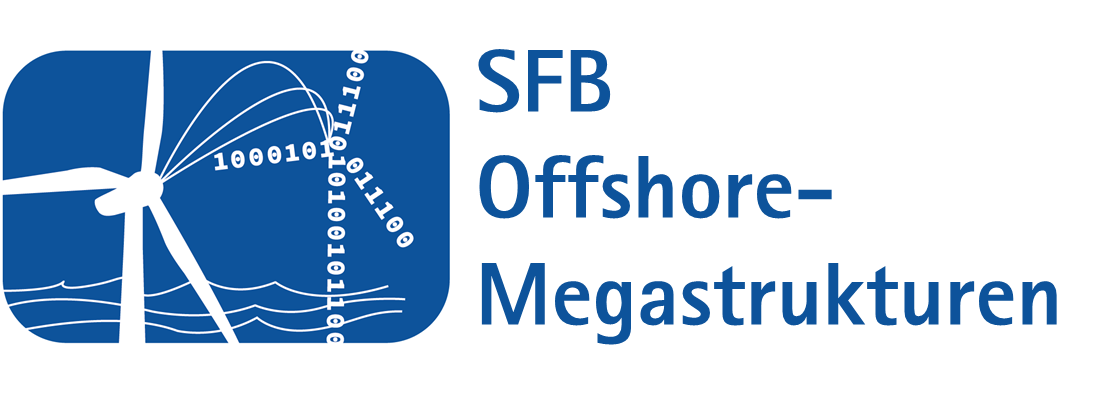The principle of the Digital Twin (DT) is based on the link between real structural components of the offshore wind turbine (OWT) and digital representatives and must represent the real support structure as accurately as possible. The essential information for this must be obtained via monitoring systems that ensure a lifelong link between the real and virtual systems. Over time, the real load-bearing structure will change, for example due to aging. These changes must be reliably recorded by monitoring and transmitted to the DT. However, monitoring systems are also exposed to an aging process. The quality of the measurement system deteriorates over the lifetime of the OWT in terms of data quantity and quality.
A particular difficulty is that components of the measurement system do not immediately fail completely, but the system still provides seemingly plausible but erroneous data. Therefore, the goal of this project is to explore methods for a lifetime adaptive monitoring concept that takes into account the initial measurement uncertainties and aging processes occurring within the monitoring system.
The aging processes are to be combined with generalized stochastic methods (stochastic model updating) in such a way that erroneous measurement signals can be largely eliminated and a monitoring result with minimal and quantifiable remaining uncertainty can be derived. The project goal will be achieved by the innovative approach of the currently most powerful Bayesian concepts for system identification of the structure, which can work with a limited number of measurement points while integrating expert knowledge about the structure behavior. A deterioration model for the measurement system will ultimately be used to derive an optimal compromise between the scope and quality of the available signals.
In the first series of experiments, initial measurement uncertainties for typical sensor types were investigated. Figure 1 shows the test setup used to determine the initial measurement uncertainty for laser triangulation sensors (LTS).


 ©
J.-H. Bartels
©
J.-H. Bartels
The sensor supports on which the LTS are mounted are made of Alloy 36, a nickel-iron alloy with low thermal expansion. This has the advantage that any measurement uncertainties that occur can be directly attributed to the monitoring system. The experimental setup is installed in a climate simulation chamber and the measurement data can be used to establish a temperature-dependent transfer function of the monitoring system (cf. Figure 2).


 ©
J.-H. Bartels
©
J.-H. Bartels
Based on this transfer function, a temperature compensation of the monitoring system can take place and the measurement uncertainty of the investigated measuring system can be evaluated.
Subproject Management
30167 Hannover
Institut für Massivbau
August-Bebel-Straße 30/30A
01219 Dresden
Institut für Massivbau
August-Bebel-Straße 30/30A
01219 Dresden
Institut für Massivbau
August-Bebel-Straße 30/30A
01219 Dresden
Institut für Massivbau
August-Bebel-Straße 30/30A
01219 Dresden
30167 Hannover






